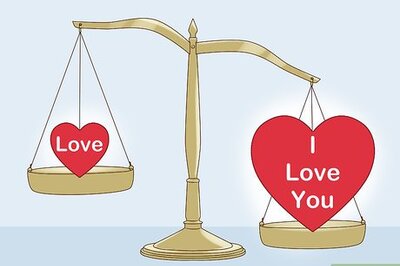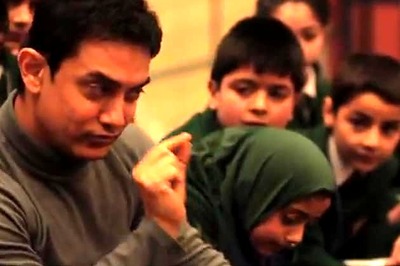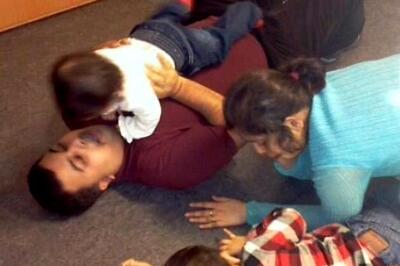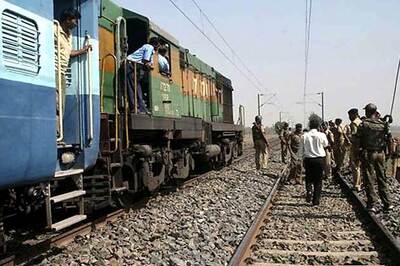
views
A new-look Australia will seek the consolation of a successful Asian Cup title defence after their disappointing group round exit from the World Cup earlier this year.
Under former Dutch coach Bert van Marwijk, the Socceroos bowed out of Russia winless and with only two goals from penalties, underlining the team’s struggles to score against quality defences.
New boss Graham Arnold, in his second stint in charge, has shaken up the team’s attacking formation, opting for a trio of interchangeable strikers up front rather than a traditional centre forward.
The move has paid dividends against lightly regarded sides, with a 4-0 win over world number 158 Kuwait and 3-0 defeat of 81st-ranked Lebanon in recent friendlies.
Against Asia heavyweights South Korea, however, the new set-up was less effective and Australia needed a scrappy, last-gasp equaliser from midfielder Massimo Luongo to grab a 1-1 draw in Brisbane despite dominating play.
Putting aside the reality check, Arnold expects to win every game in the United Arab Emirates, four years after Ange Postecoglou’s side swept to the nation’s first Asian triumph with a 2-1 win in the final over South Korea on home soil.
Arnold’s determination may also be fuelled by a need to erase the stain of the Socceroos’ poor Asian Cup debut in 2007 when he coached the side to a quarter-final exit at the tournament co-hosted by Vietnam, Indonesia, Thailand and Malaysia.
Having succeeded Guus Hiddink after Australia reached the last 16 at the 2006 World Cup, Arnold had inherited a side laden with Europe-based players but they laboured in the Southeast Asian heat before being eliminated by Japan on penalties.
Arnold publicly berated his senior players during the tournament and less than six months later was replaced by Pim Verbeek and demoted to an assistant coach.
Compared to the ‘golden generation’ of Australian players that failed in 2007, Arnold will have to rely on a more modest roster at his disposal in the UAE.
Australia lost a wealth of experience with the international retirements of the nation’s leading goal-scorer Tim Cahill and long-serving skipper Mile Jedinak after Russia.
Only eight of the 23 in Arnold’s squad shared in the 2015 triumph under Postecoglou.
The 2015 alumni boast plenty of quality, however, and feature six players who started in the final against South Korea, including goalkeeper Mat Ryan, Luongo and winger Mathew Leckie.
Australia’s defence will be among the strongest at the tournament, and Arnold has seen no need to tinker with the backline that Van Marwijk recalibrated for the World Cup.
Former midfielder Mark Milligan will captain the side and continue his partnership with Trent Sainsbury in central defence, with Josh Risdon and Aziz Behich to be retained as starting fullbacks.
Aaron Mooy’s knee injury has robbed Arnold of one of his most inventive players, putting pressure on Celtic midfielder Tom Rogic to be the team’s creative force.
Having omitted tall regular striker Tomi Juric, Arnold hopes to use pace to overwhelm Asian defences and will look for a spread of goals from Leckie, Andrew Nabbout, Jamie Maclaren and Scotland-born Martin Boyle.

















Comments
0 comment